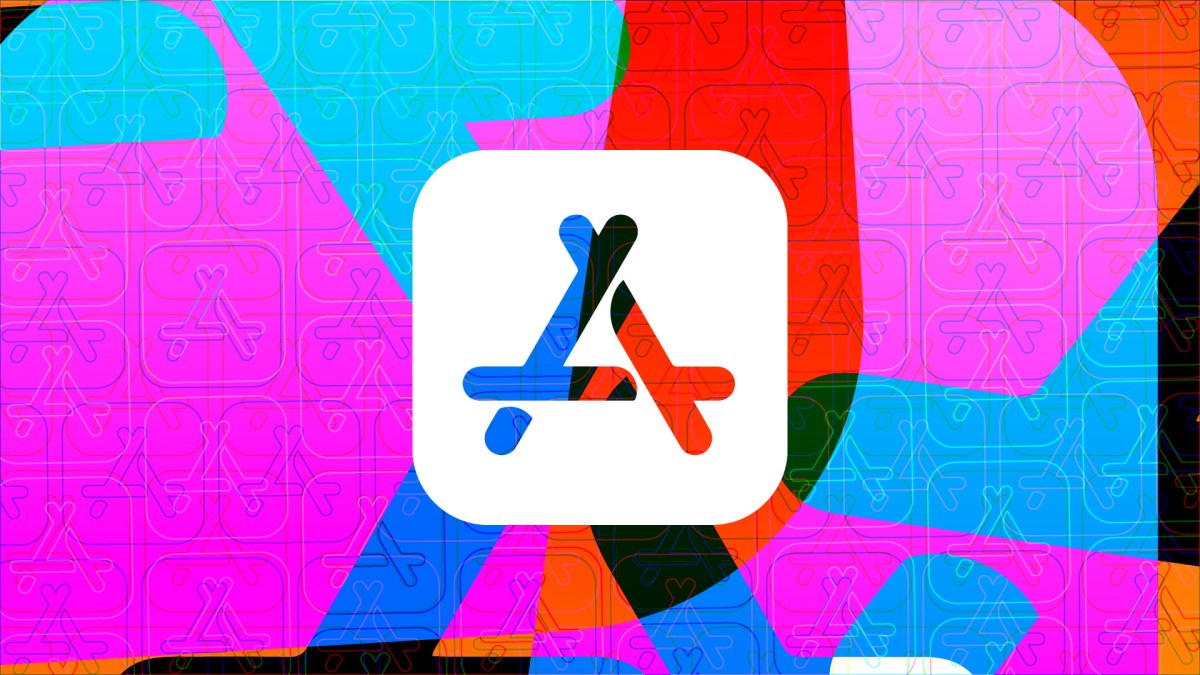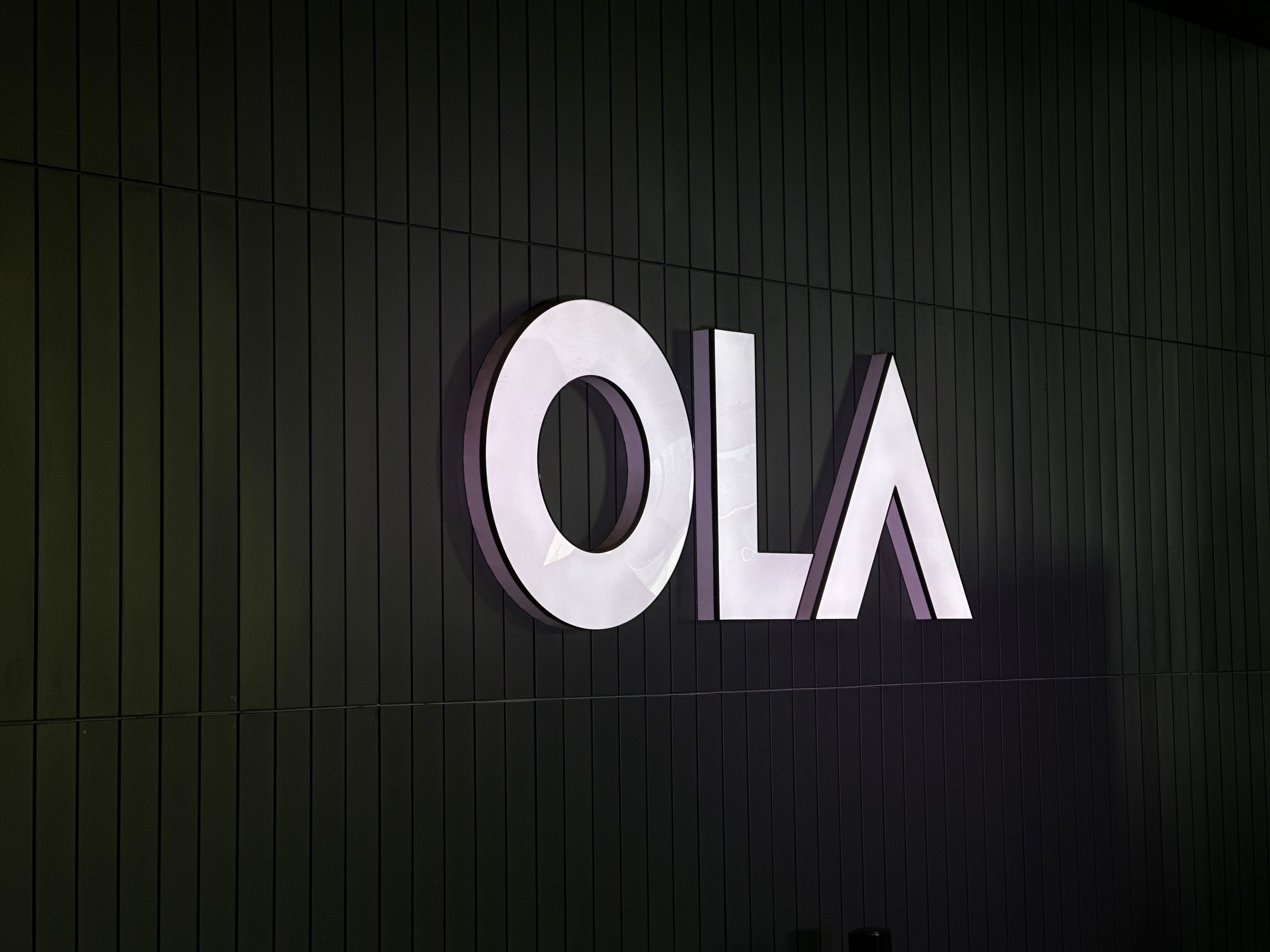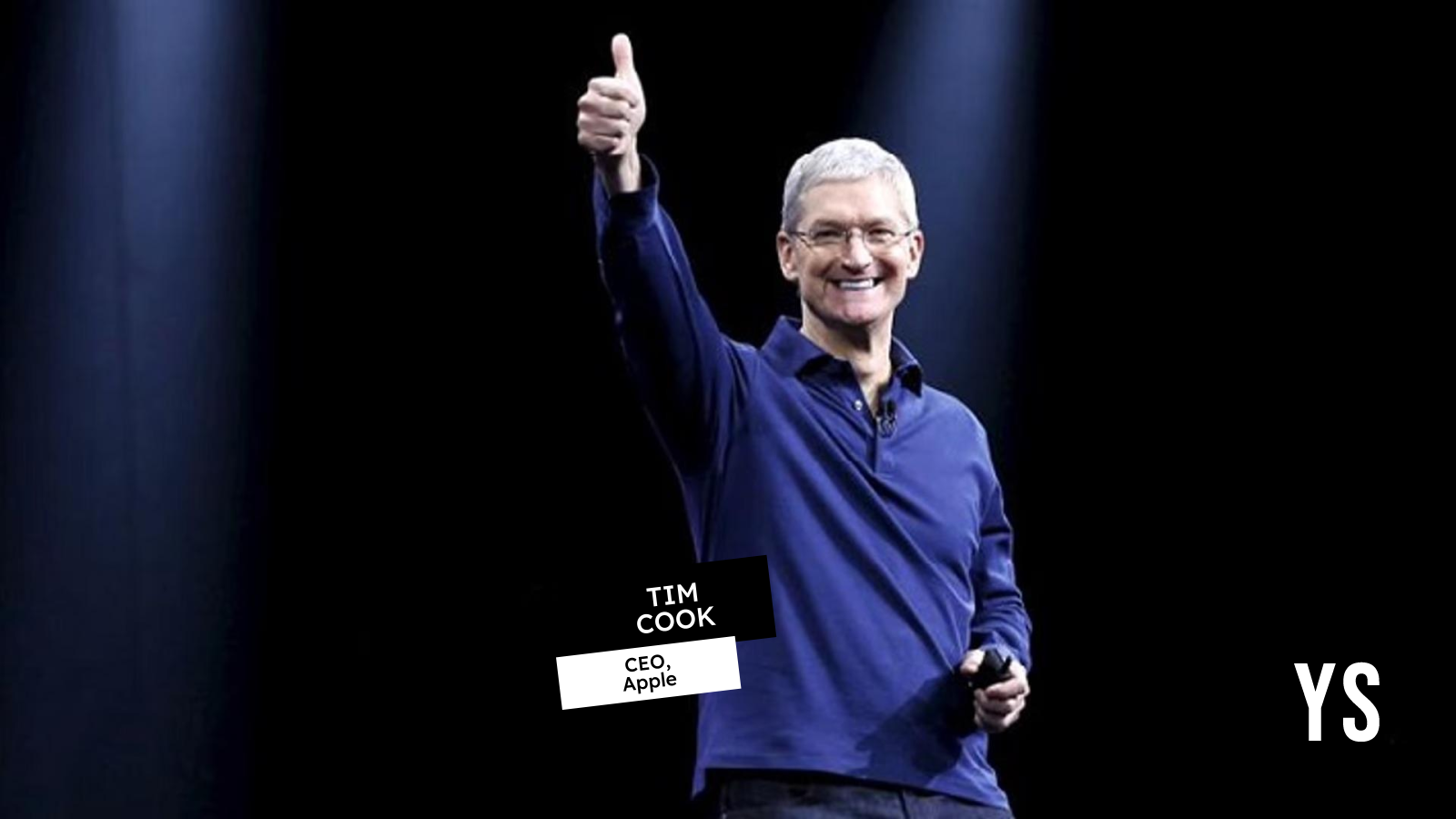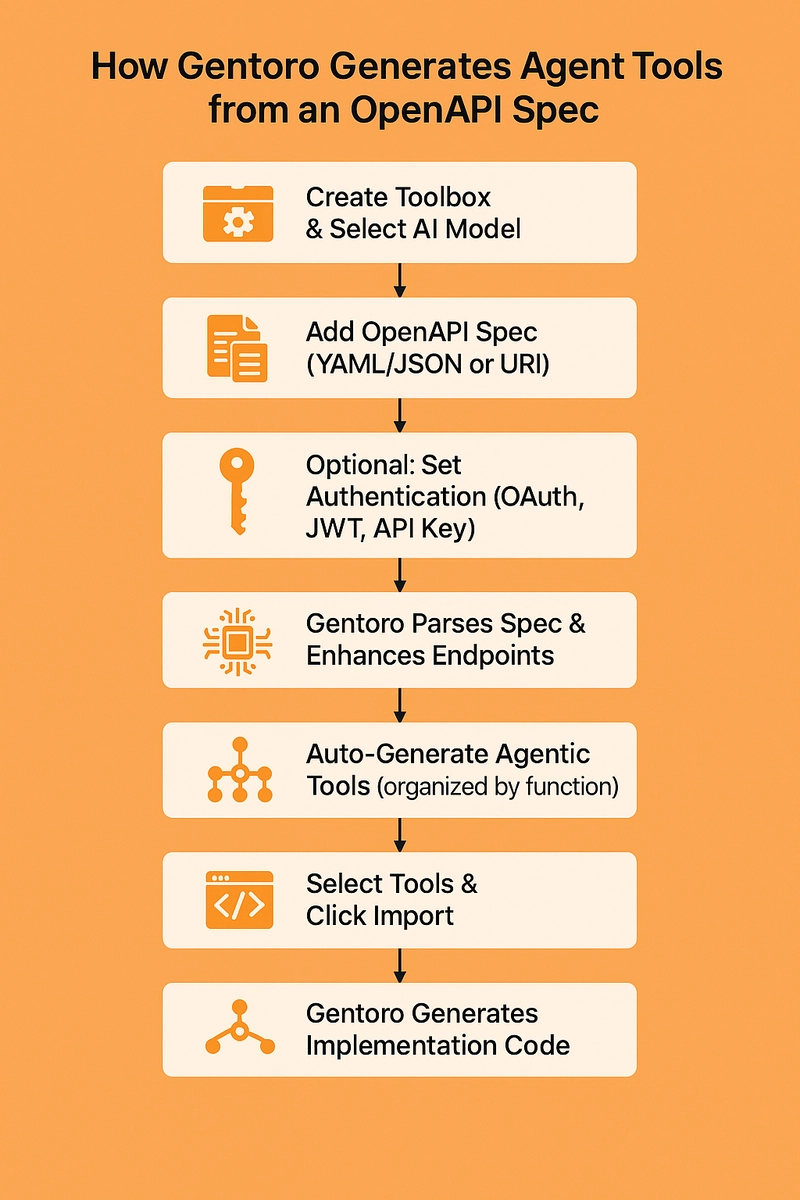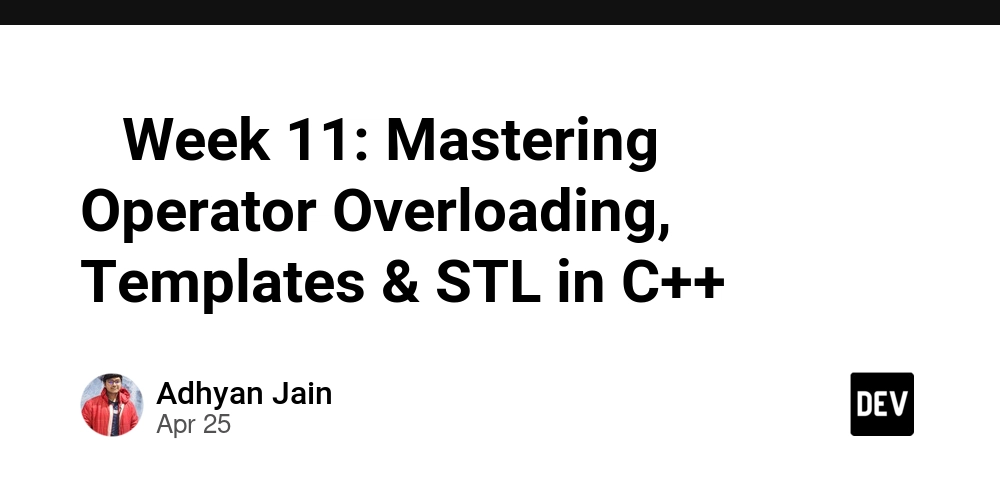Qwen 3: Alibaba's Leap Forward in Open-Source AI
Alibaba's Qwen team has unveiled Qwen 3, the latest iteration of their large language model series, released on April 29, 2025. This open-source suite, licensed under Apache 2.0, marks a significant advancement in AI accessibility and performance, challenging industry giants like OpenAI and DeepSeek. With a range of models from 0.6 billion to 235 billion parameters, Qwen 3 offers flexibility for developers, researchers, and businesses. Here's a deep dive into what makes Qwen 3 a game-changer. A Diverse Model Suite Qwen 3 includes eight models: six dense models (0.6B, 1.7B, 4B, 8B, 14B, and 32B parameters) and two Mixture-of-Experts (MoE) models (Qwen3-30B-A3B and Qwen3-235B-A22B). The MoE models activate only a fraction of their parameters per token—3 billion for the 30B model and 22 billion for the 235B model—making them computationally efficient while maintaining high performance. This scalability ensures Qwen 3 suits various use cases, from running on high-end laptops to powering enterprise-grade applications. The flagship Qwen3-235B-A22B competes with top-tier models like DeepSeek-R1, OpenAI’s o1, and Google’s Gemini-2.5-Pro in benchmarks for coding, math, and general capabilities. Even the compact Qwen3-4B rivals the performance of the much larger Qwen2.5-72B-Instruct, showcasing significant efficiency improvements. Hybrid Reasoning: Thinking on Demand A standout feature of Qwen 3 is its hybrid reasoning capability, allowing seamless switching between thinking mode (for complex tasks like logical reasoning, math, and coding) and non-thinking mode (for faster, general-purpose dialogue). Users can toggle this via a simple /think or /no_think prompt or by setting enable_thinking=True in the API. In thinking mode, the model generates intermediate reasoning steps within ... blocks, enhancing transparency and accuracy. This flexibility lets users optimize for speed or depth, a feature that sets Qwen 3 apart from competitors like OpenAI’s dense models, which engage all parameters for every task. Training and Data: A Robust Foundation Qwen 3 was trained on a massive dataset of 36 trillion tokens across 119 languages and dialects, supporting multilingual tasks like translation and question-answering. The pretraining process involved three stages: Stage 1: Pretraining on 30 trillion tokens with a 4K-token context length to build foundational language skills. Stage 2: Adding 5 trillion tokens of knowledge-intensive data (STEM, coding, reasoning) to boost specialized capabilities. Stage 3: Incorporating high-quality, long-context data to extend the context window to 32K tokens (up to 131K with YaRN for models 4B and above). Post-training included Supervised Fine-Tuning (SFT) and Reinforcement Learning (RL) to enhance reasoning and instruction-following. For smaller models, a “Strong-to-Weak Distillation” method used synthetic data from larger models, ensuring benchmark performance with fewer parameters. Benchmark Performance Qwen 3 shines across multiple benchmarks: Qwen3-235B-A22B: Outperforms OpenAI’s o3-mini on AIME (math) and BFCL (reasoning), and edges out Gemini 2.5-Pro on Codeforces (coding). Qwen3-32B: Surpasses OpenAI’s o1 on LiveCodeBench and competes with DeepSeek’s R1, making it a strong choice for developers. Qwen3-4B: Matches Qwen2.5-72B-Instruct, demonstrating that smaller models can achieve high performance with optimized training. These results highlight Qwen 3’s ability to deliver top-tier performance with fewer computational resources, a trend toward “knowledge density” where smaller models rival larger predecessors. Deployment and Accessibility Qwen 3 is designed for easy integration: Frameworks: Use SGLang or vLLM (>=0.8.4) for OpenAI-compatible API endpoints, or tools like Ollama, LMStudio, and llama.cpp for local deployment. For example, run ollama run qwen3:30b-a3b to get started. Platforms: Available on Hugging Face, ModelScope, and Kaggle, with base and instruct versions for flexibility. Cost Efficiency: The MoE models, like Qwen3-235B-A22B, fit on 4xH100 GPUs and cost about a quarter of DeepSeek-R1 in production, making them attractive for businesses. The Apache 2.0 license allows commercial use, modification, and distribution, fostering collaboration among developers and researchers. Why Qwen 3 Matters Qwen 3 strengthens Alibaba’s position in the global AI race, offering an open-source alternative to proprietary models from OpenAI and Anthropic. Its efficiency, multilingual support, and hybrid reasoning make it ideal for diverse applications, from educational tools to enterprise automation. By releasing model weights and source code, Alibaba encourages innovation, enabling fine-tuning and custom deployments. Compared to DeepSeek’s MoE models, Qwen 3 offers greater versatility and a broader model range. While DeepSeek-V3 activates 37 billion of 671 billion parameters, Qwen3-235B-A22B’s 22 bill
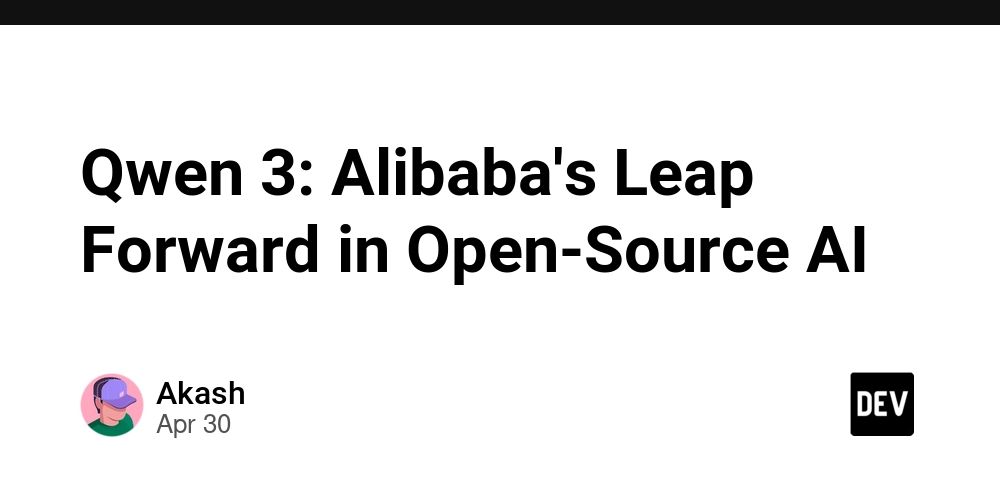
Alibaba's Qwen team has unveiled Qwen 3, the latest iteration of their large language model series, released on April 29, 2025. This open-source suite, licensed under Apache 2.0, marks a significant advancement in AI accessibility and performance, challenging industry giants like OpenAI and DeepSeek. With a range of models from 0.6 billion to 235 billion parameters, Qwen 3 offers flexibility for developers, researchers, and businesses. Here's a deep dive into what makes Qwen 3 a game-changer.
A Diverse Model Suite
Qwen 3 includes eight models: six dense models (0.6B, 1.7B, 4B, 8B, 14B, and 32B parameters) and two Mixture-of-Experts (MoE) models (Qwen3-30B-A3B and Qwen3-235B-A22B). The MoE models activate only a fraction of their parameters per token—3 billion for the 30B model and 22 billion for the 235B model—making them computationally efficient while maintaining high performance. This scalability ensures Qwen 3 suits various use cases, from running on high-end laptops to powering enterprise-grade applications.
The flagship Qwen3-235B-A22B competes with top-tier models like DeepSeek-R1, OpenAI’s o1, and Google’s Gemini-2.5-Pro in benchmarks for coding, math, and general capabilities. Even the compact Qwen3-4B rivals the performance of the much larger Qwen2.5-72B-Instruct, showcasing significant efficiency improvements.
Hybrid Reasoning: Thinking on Demand
A standout feature of Qwen 3 is its hybrid reasoning capability, allowing seamless switching between thinking mode (for complex tasks like logical reasoning, math, and coding) and non-thinking mode (for faster, general-purpose dialogue). Users can toggle this via a simple /think or /no_think prompt or by setting enable_thinking=True in the API. In thinking mode, the model generates intermediate reasoning steps within
Training and Data: A Robust Foundation
Qwen 3 was trained on a massive dataset of 36 trillion tokens across 119 languages and dialects, supporting multilingual tasks like translation and question-answering. The pretraining process involved three stages:
- Stage 1: Pretraining on 30 trillion tokens with a 4K-token context length to build foundational language skills.
- Stage 2: Adding 5 trillion tokens of knowledge-intensive data (STEM, coding, reasoning) to boost specialized capabilities.
- Stage 3: Incorporating high-quality, long-context data to extend the context window to 32K tokens (up to 131K with YaRN for models 4B and above).
Post-training included Supervised Fine-Tuning (SFT) and Reinforcement Learning (RL) to enhance reasoning and instruction-following. For smaller models, a “Strong-to-Weak Distillation” method used synthetic data from larger models, ensuring benchmark performance with fewer parameters.
Benchmark Performance
Qwen 3 shines across multiple benchmarks:
- Qwen3-235B-A22B: Outperforms OpenAI’s o3-mini on AIME (math) and BFCL (reasoning), and edges out Gemini 2.5-Pro on Codeforces (coding).
- Qwen3-32B: Surpasses OpenAI’s o1 on LiveCodeBench and competes with DeepSeek’s R1, making it a strong choice for developers.
- Qwen3-4B: Matches Qwen2.5-72B-Instruct, demonstrating that smaller models can achieve high performance with optimized training.
These results highlight Qwen 3’s ability to deliver top-tier performance with fewer computational resources, a trend toward “knowledge density” where smaller models rival larger predecessors.
Deployment and Accessibility
Qwen 3 is designed for easy integration:
-
Frameworks: Use SGLang or vLLM (>=0.8.4) for OpenAI-compatible API endpoints, or tools like Ollama, LMStudio, and llama.cpp for local deployment. For example, run
ollama run qwen3:30b-a3bto get started. - Platforms: Available on Hugging Face, ModelScope, and Kaggle, with base and instruct versions for flexibility.
- Cost Efficiency: The MoE models, like Qwen3-235B-A22B, fit on 4xH100 GPUs and cost about a quarter of DeepSeek-R1 in production, making them attractive for businesses.
The Apache 2.0 license allows commercial use, modification, and distribution, fostering collaboration among developers and researchers.
Why Qwen 3 Matters
Qwen 3 strengthens Alibaba’s position in the global AI race, offering an open-source alternative to proprietary models from OpenAI and Anthropic. Its efficiency, multilingual support, and hybrid reasoning make it ideal for diverse applications, from educational tools to enterprise automation. By releasing model weights and source code, Alibaba encourages innovation, enabling fine-tuning and custom deployments.
Compared to DeepSeek’s MoE models, Qwen 3 offers greater versatility and a broader model range. While DeepSeek-V3 activates 37 billion of 671 billion parameters, Qwen3-235B-A22B’s 22 billion active parameters deliver comparable performance with better scalability. Against OpenAI’s GPT models, Qwen 3’s MoE architecture reduces computational demands, making advanced AI more accessible.
Getting Started
To explore Qwen 3:
- Visit Qwen Chat or the Qwen app to test the models.
- Download models from Hugging Face or ModelScope.
- Check the Qwen GitHub for documentation and tutorials.
- Join the Discord community for support and updates.
For developers, integrating Qwen 3 with tools like Apidog simplifies API workflows, while frameworks like Axolotl support fine-tuning.
The Future of Qwen
Qwen 3 builds on the success of Qwen2.5, which saw over 40 million downloads, and continues Alibaba’s commitment to open-source AI. Future iterations may expand multimodal capabilities (e.g., vision and audio, as seen in Qwen-VL and Qwen-Audio) and further optimize performance. As AI competition intensifies, Qwen 3’s blend of power, efficiency, and accessibility positions it as a leader in the open-source landscape.
Whether you’re a developer building AI-driven apps, a researcher pushing the boundaries of reasoning, or a business seeking cost-effective solutions, Qwen 3 offers the tools to innovate. Try it today and join the global community shaping the future of AI.
Have you tried Qwen 3? Share your thoughts in the comments or join the Qwen Discord to connect with other users!


















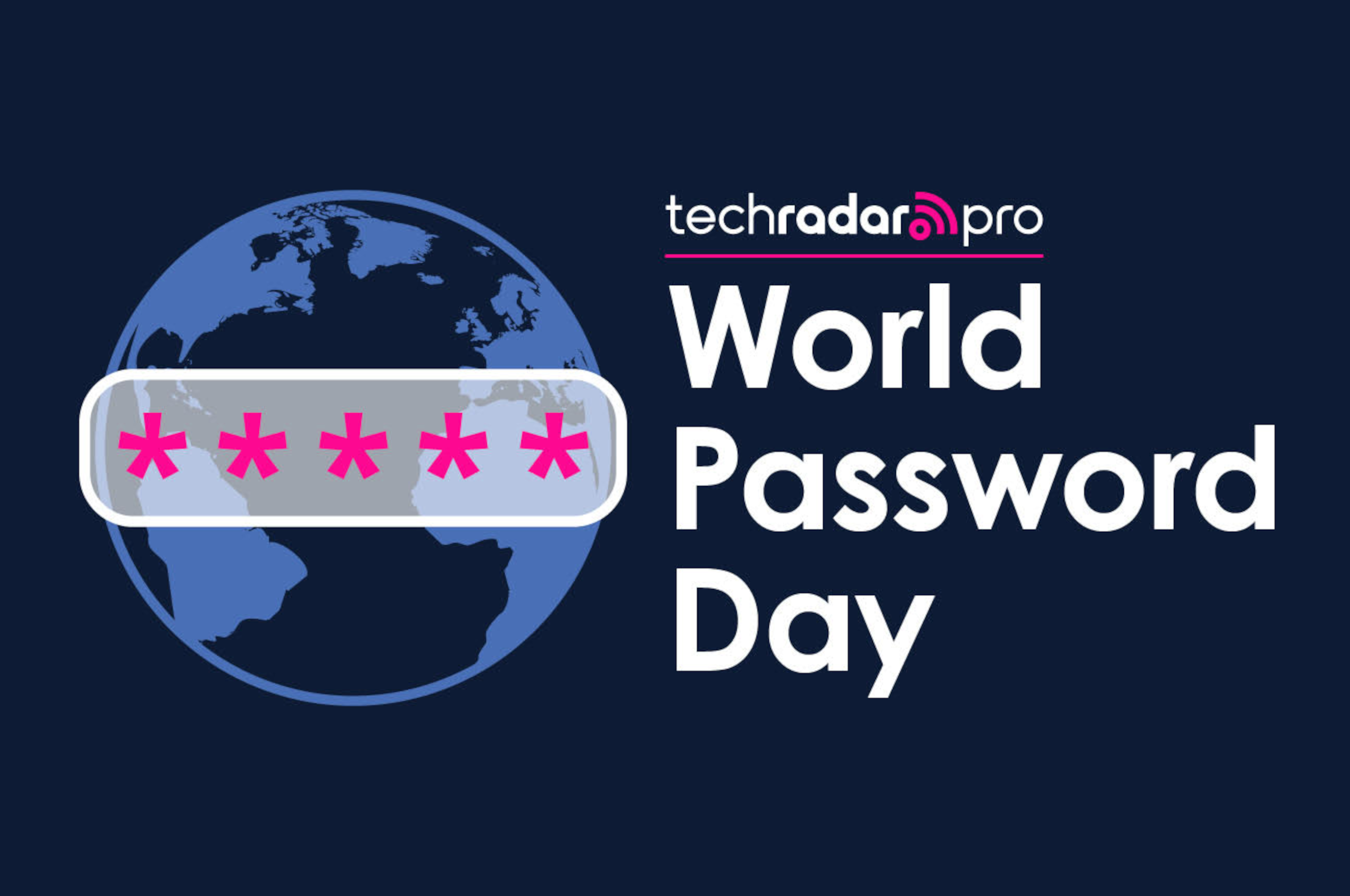

















































































































































![[The AI Show Episode 145]: OpenAI Releases o3 and o4-mini, AI Is Causing “Quiet Layoffs,” Executive Order on Youth AI Education & GPT-4o’s Controversial Update](https://www.marketingaiinstitute.com/hubfs/ep%20145%20cover.png)















































































































![[REPOST] Installing Genymotion for Android App Pentesting: The Definitive Guide](https://media2.dev.to/dynamic/image/width=800%2Cheight=%2Cfit=scale-down%2Cgravity=auto%2Cformat=auto/https%3A%2F%2Fdev-to-uploads.s3.amazonaws.com%2Fuploads%2Farticles%2F7zx2oyrfun6gecomzwf2.png)
















































































































































































































































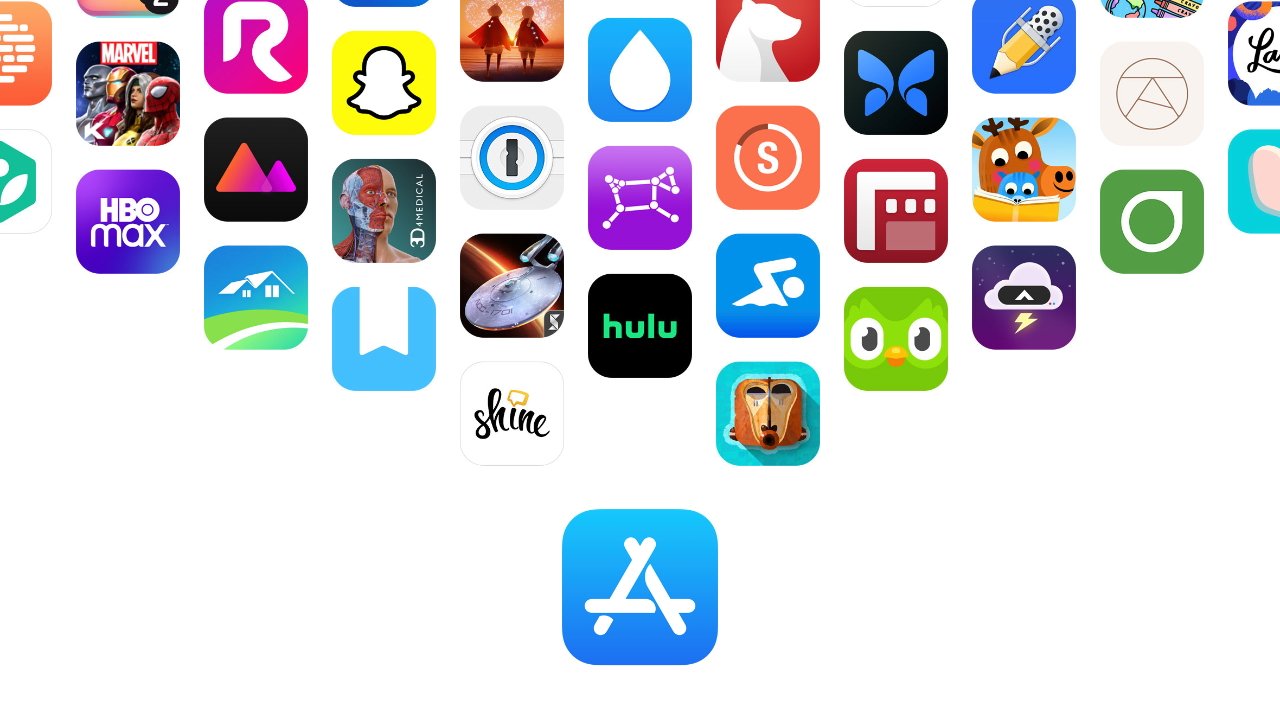




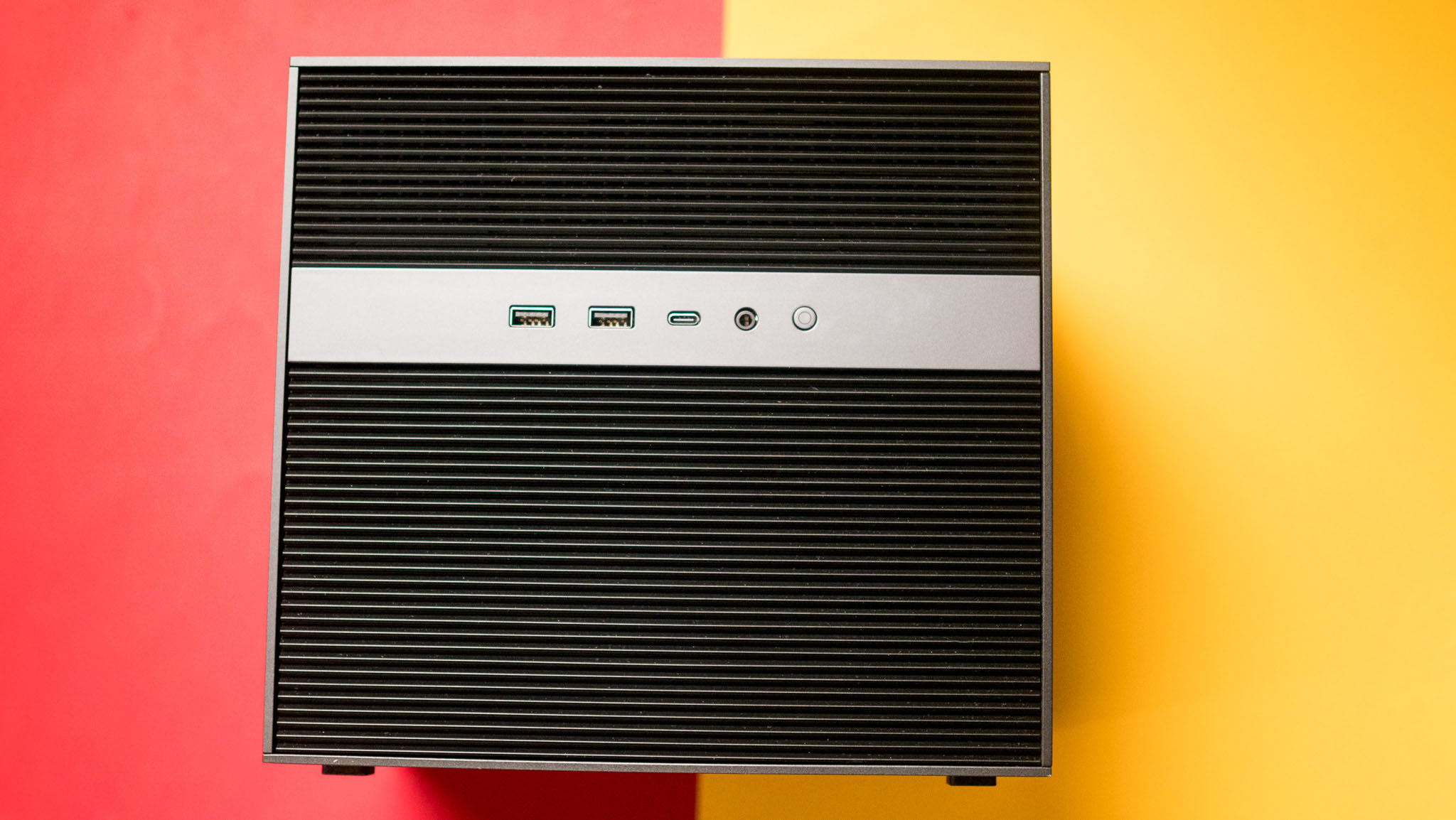


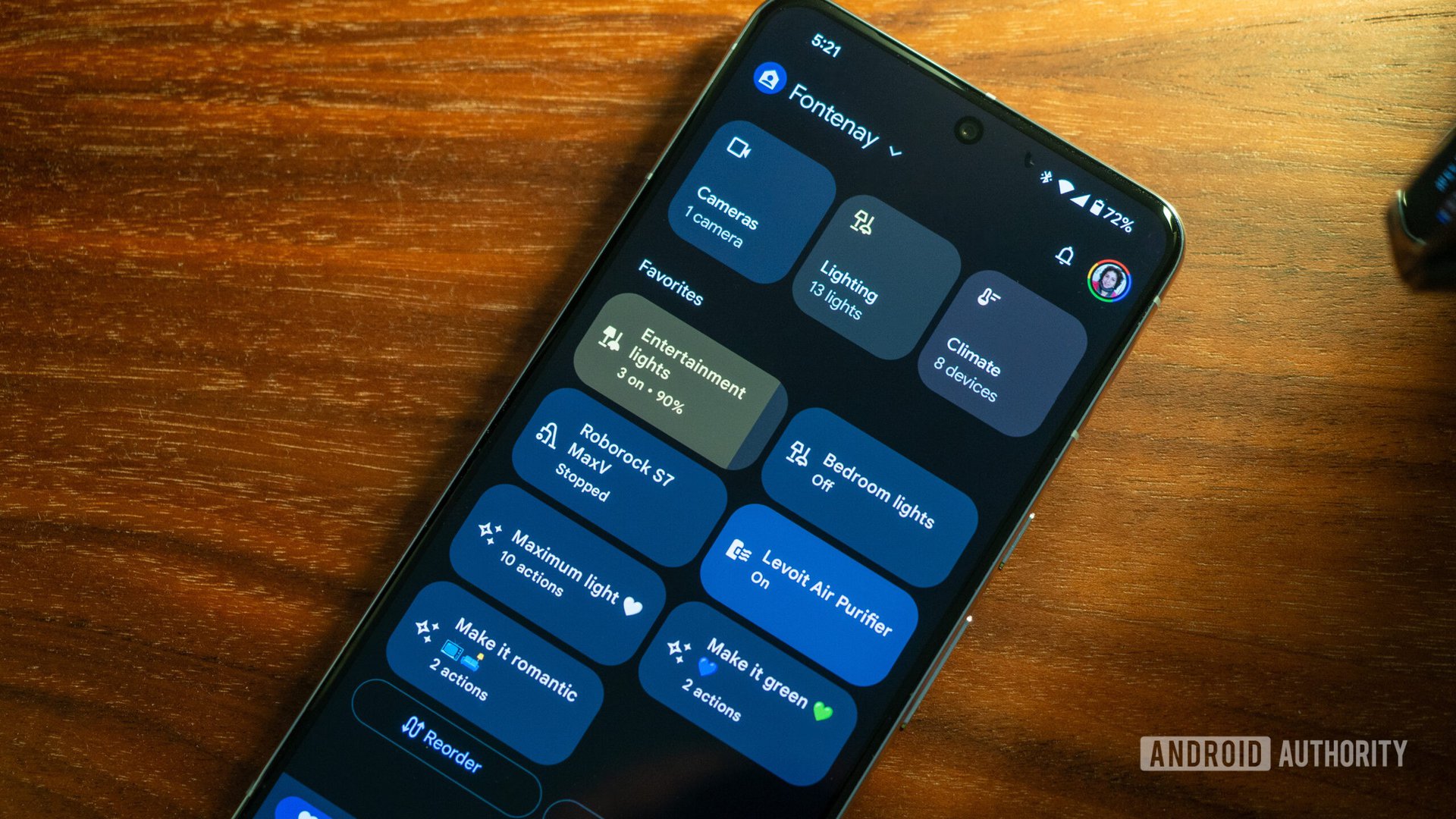

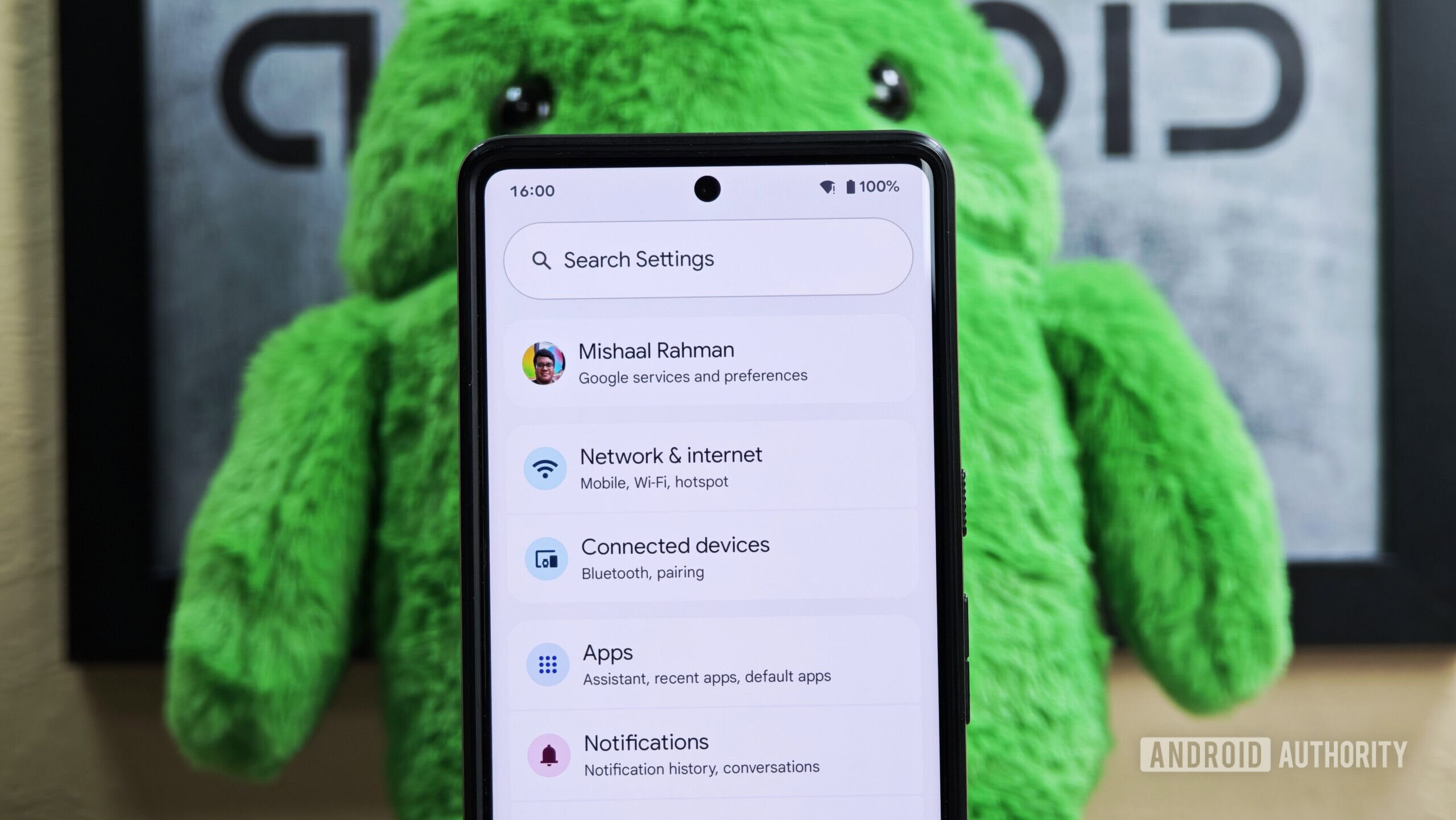



![Google reveals NotebookLM app for Android & iPhone, coming at I/O 2025 [Gallery]](https://i0.wp.com/9to5google.com/wp-content/uploads/sites/4/2025/05/NotebookLM-Android-iPhone-6-cover.jpg?resize=1200%2C628&quality=82&strip=all&ssl=1)









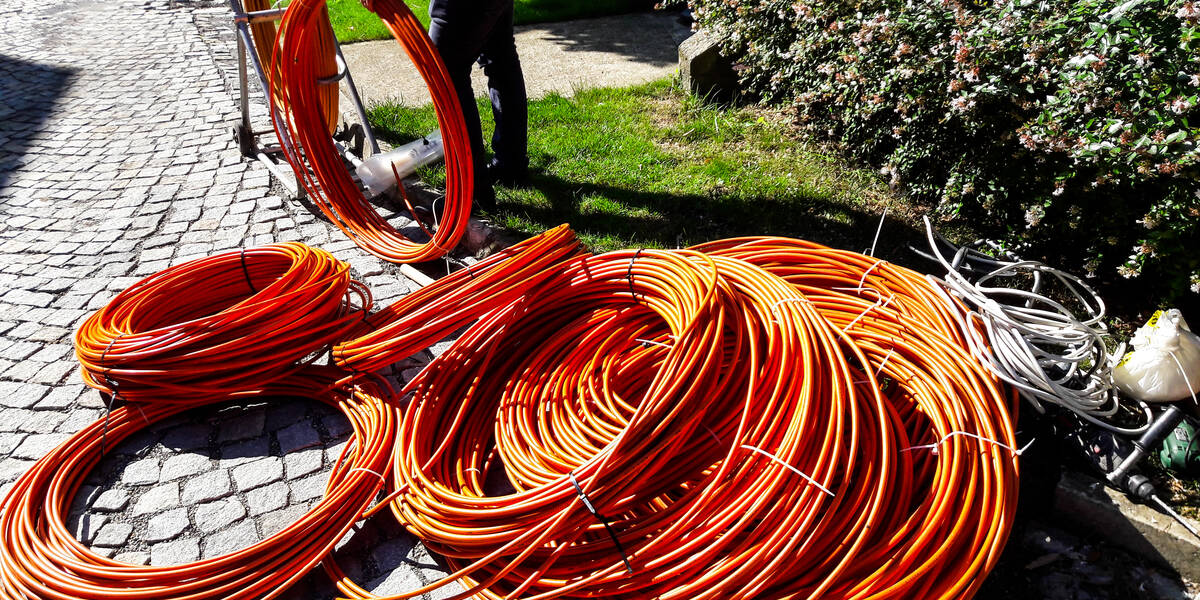




![Apple Reports Q2 FY25 Earnings: $95.4 Billion in Revenue, $24.8 Billion in Net Income [Chart]](https://www.iclarified.com/images/news/97188/97188/97188-640.jpg)






























































